Dobře 
Treasure hunters discover gold coins and a watch that recorded the time of the ship's sinking
Categories: Finds and rescue research in the Czech Republic , Nálezy nejenom s detektorem kovů v USA, severní a jižní Americe
On the night of June 14, 1838, a boiler on the steam excursion boat Pulaski exploded off the coast of North Carolina. Within a short time, the ship sank with 128 people on board, including U.S. Congressman William B. Rochester and many other wealthy and prominent individuals. Only 59 lucky people survived. Recently, divers discovered gold and silver coins of considerable value near the wreck, most notably a gold watch that stopped shortly after the explosion.
The Pulaski was bound from Charleston, South Carolina, to Baltimore, Maryland, with a crew of 37 sailors and 150 passengers on board. Around 11 p.m., when the ship was about 45 miles off the coast of North Carolina, the starboard boiler exploded, destroying the center of the ship. Some passengers died instantly. After the explosion, Shift Commander Hibbard had three lifeboats launched. Because two of them were in bad shape due to the sun's rays, they sank immediately. The survivors on the last boat watched as the cruise liner sank to the bottom 45 minutes after the explosion...
The wreck was discovered by professional treasure hunters two years ago at a depth of 33 metres. It was reliably identified as the Pulaski, which could be read from the wreckage of the ship and from artifacts stamped with that name. The estimated property value of the sunken wreck in 1838 was a considerable $150,000 at the time. Such a substantial sum also stems from the fact that the passengers were primarily people of means and carried with them a lot of money in gold and silver coins.
During exploration attempts in 2018 and 2019, Blue Water Ventures International and project partner Endurance Exploration Group recovered hundreds of coins from sunken steamers along the so-called "wreck route." The wooden chests gradually decomposed in the salt water, leaving only metal bands, fittings, locks and the contents of the chests in the middle. Divers found piles of coins at the bottom, which seemed to be still inside the chests that no longer existed. By February 2019, they had found 502 gold and silver coins, including some of the oldest U.S. minted coins. The oldest coin overall was a 1750 British gold guinea.
The first set of coins was sold to cover expenses for the 2018 season for an undisclosed amount. Now four gold pocket watches are going to auction, including one particularly notable case: A gold, 18-karat watch whose hands read 11:05. The watch probably stopped just moments after it disappeared into the water - just five minutes after the fatal boiler explosion.
The gold watch, which is 48mm in diameter and weighs 94 grams, is known as the "Liverpool" watch by ST Tobias & Co. It retains most of its details, with its original silver and coloured open face with Roman numerals, engraved floral motif on the centre and gilt hands.
This unique watch is particularly valuable because it accurately records an important historical event. It will be auctioned on Monday by Skinner's Clocks, Watches & Scientific Instruments. It is estimated that it, along with other gold watches recovered from the wreck of the Pulaski, will sell for between $12,000 and $15,000, or somewhere between 310,000 and 390,000 crowns.
Video
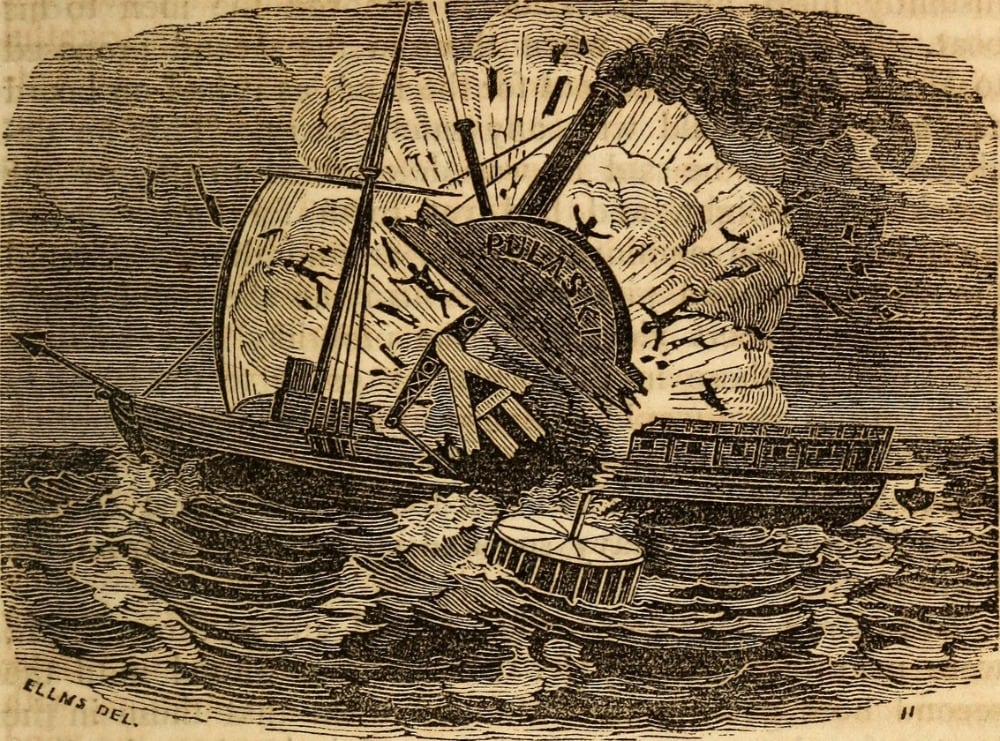




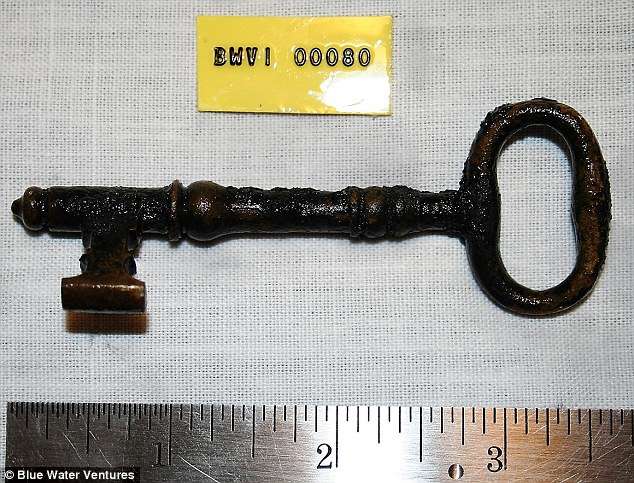
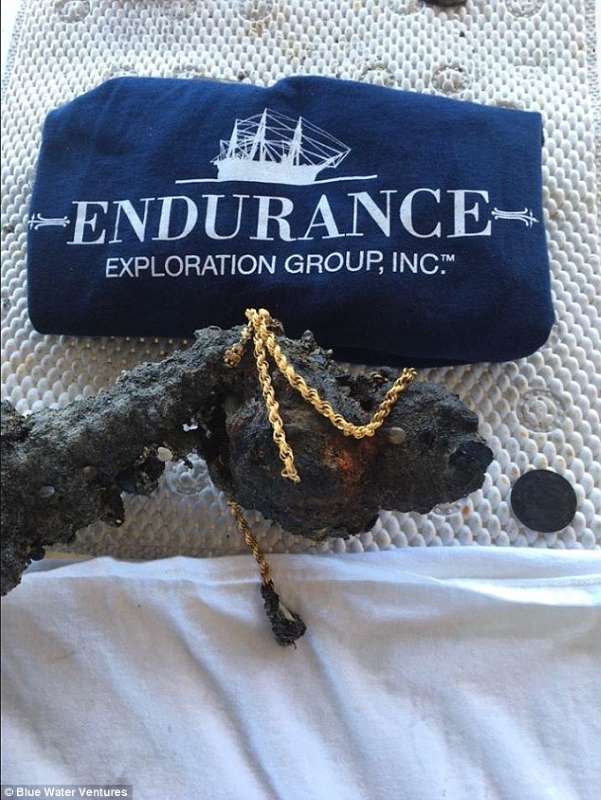
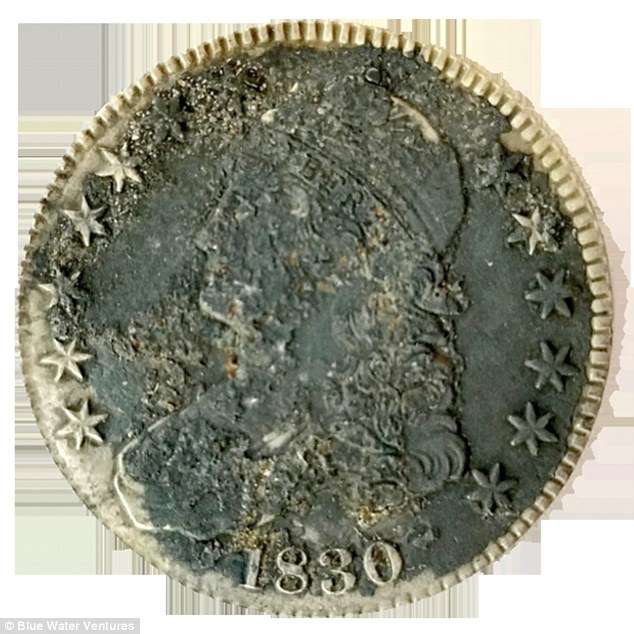
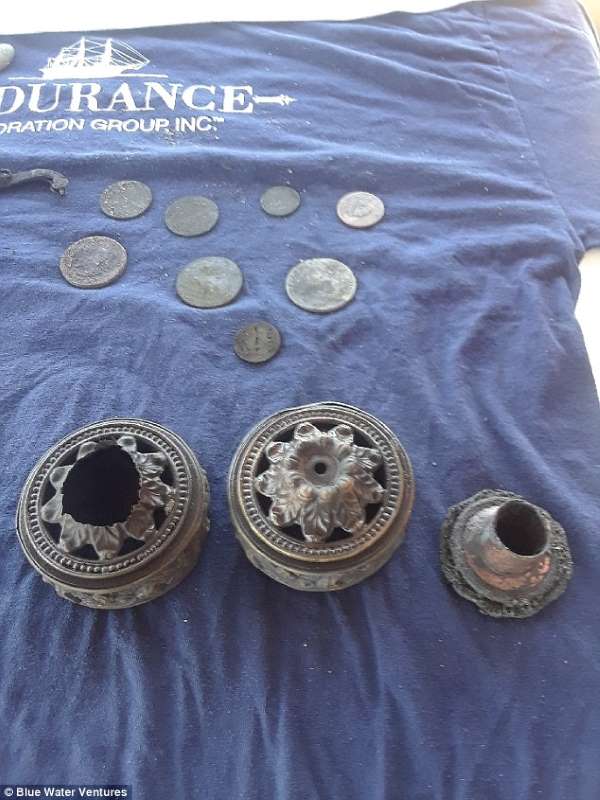

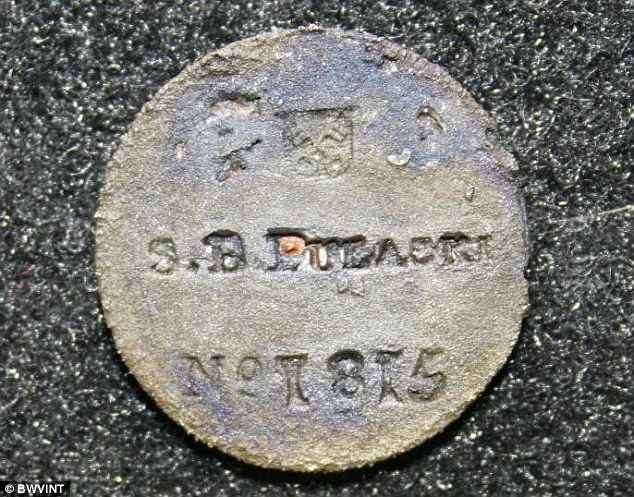
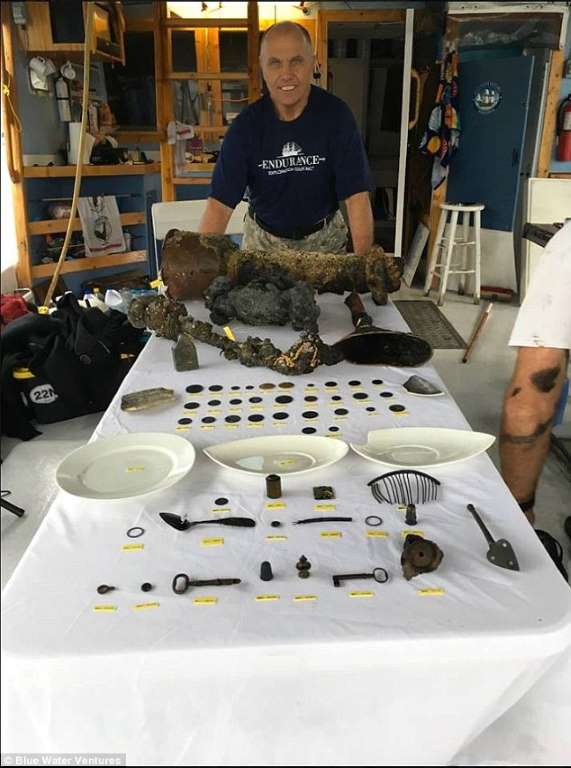


Roman Nemec
Sources: northcarolinashipwrecks.blogspot.com, thehistoryblog.com, charlotteobserver.com
The article is included in categories:




